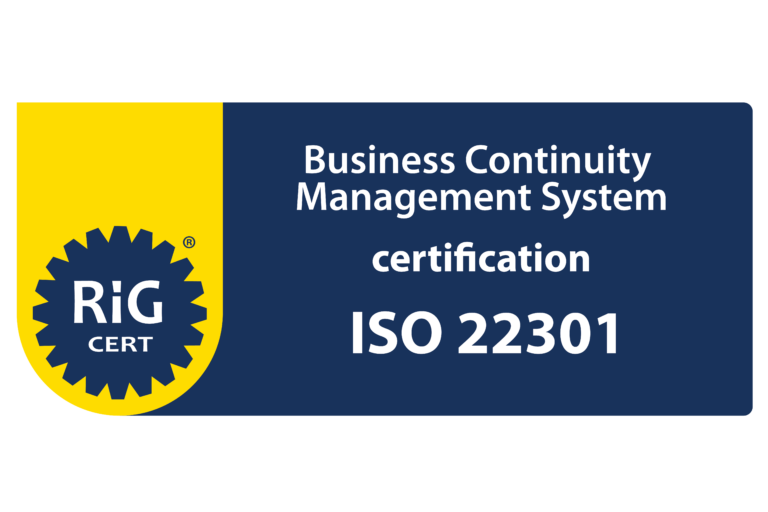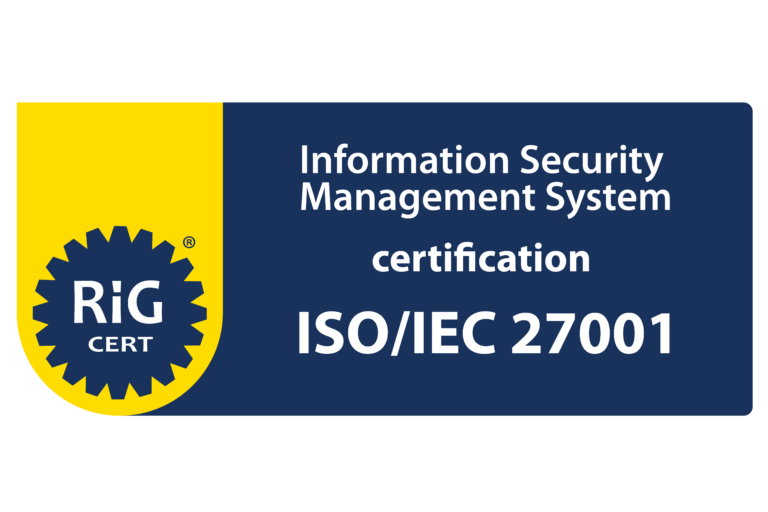The Alzheimer’s Association states that approximately 7 million individuals are living with Alzheimer’s disease in the United States. The number is expected to grow to 13 million by the year 2050. The impact on public health is immense, and the economic burden to patients and healthcare providers looms large.
The only factor that has been proven to reduce these costs is early-stage diagnosis, we will examine the cost of treating Alzheimer’s and how you can optimize your care in this article. Early identification of the disease allows medical professionals and you to have a better grip on its economic impact: from keeping the disease at bay to setting relevant targets for health.
The Cost of Alzheimer’s Care
When facing a severe issue like Alzheimer’s disease, focusing solely on the physical aspects is a luxury few can afford. The condition brings numerous real-life challenges, with the financial burden particularly significant. According to AJMC reports, patients with dementia are estimated to have spent $412,936 in 2022 over their lifetime on healthcare. Of this amount, 70% is covered by family caregivers through unpaid care and out-of-pocket expenses for services ranging from home health support to medications.
This cost can be a serious burden for families across all financial situations, and for those with limited resources, it may be so overwhelming that patients cannot access appropriate treatment. As these costs continue to rise, it becomes increasingly clear that early detection offers a critical opportunity to mitigate this financial strain.
How Early Detection Impacts on Cost of Alzheimer’s Care for Providers
Detecting Alzheimer’s in its early stages has significant financial implications for both patients and healthcare providers. Treating patients at later stages, where emergency hospitalizations are more likely and long-term help is less effective, is not ideal for either providers or primary care physicians (PCPs). Conversely, early detection and treatment offer numerous benefits, which we will explore in the following paragraphs.
More Treatment Pathways
Having tools to detect early signs of severe diseases like dementia offers more treatment options. A PCP can better identify and address various factors affecting a walk-in patient if equipped with the right tools. For instance, if a patient is diagnosed with diabetes—a known comorbidity with Alzheimer’s—the PCP can also screen for Alzheimer’s. This approach increases the likelihood of detecting both conditions early and treating them more effectively.
Long-Term Treatment Options
Early detection tools allow providers to prevent Alzheimer’s from advancing rapidly to a more challenging stage. This significantly delays the need for emergency medical treatment, thereby managing overall care costs.
Early detection not only reduces costs but also enables providers to offer their services for a longer period. according to the AARP, biomarkers can identify brain changes associated with Alzheimer’s up to 20 years before symptoms appear. This could translate to 20 years of monitoring for providers.
Early Detection Benefits on the Cost of Alzheimer’s Care for Patients
A report by AARP states that health and long-term expenditures related to dementia can total up to a staggering $7.9 trillion. Due to this, early detection is paramount in reducing these costs. The same report estimates that early diagnosis can save about $14,286 per year per person compared to undiagnosed Alzheimer’s.
These figures are compelling, but it’s also crucial to recognize the significant financial burden on patients, both daily and long-term. Fortunately, early detection provides a viable solution. In the following paragraphs, we will outline the key financial benefits of early detection on the overall cost of Alzheimer’s care.
More Time Saving for Care
Early detection allows patients to plan for future costs and avoid potential missteps that could be financially detrimental. When patients understand their condition and its future costs, they can avoid unnecessary expenses and save for medical needs. Essentially, they can make informed financial decisions, such as saving money rather than spending it on non-essential trips.
Additionally, an early diagnosis enables patients to apply for disability benefits, which can help alleviate some of the financial burden. The Alzheimer’s Association has published a comprehensive article on how to apply for Social Security Disability benefits for younger or early-onset Alzheimer’s.
Access to More Care Options
It’s important to note that treatments for dementia are more effective at the early stages of the disease. Cholinesterase inhibitors such as donepezil (Aricept), rivastigmine (Exelon), and galantamine (Razadyne), along with Memantine and other treatments, have been shown to work better when introduced early. This is even more crucial for newly-FDA approved drugs like Donanemab (Lilly) and Lecanemab (Eisai). Early treatment can delay or even prevent the progression to later stages of the disease, which often leads to an inability to work. It also reduces the risk of hospitalization and the associated costs of treating comorbidities.
Moreover, the financial burden on caregivers is substantial. According to the Alzheimer’s Association, unpaid caregivers provided an estimated 18.4 billion hours of care valued at nearly $350 billion in 2023. The report also notes that two-thirds of dementia caregivers struggle to find resources and support for their own needs, while 74% express concern about maintaining their own health as caregivers.
Ability to Plan for the Future
A third and equally crucial benefit of early detection is financial agency. Knowing your cognitive condition early allows you to make financial arrangements more effectively, such as preparing for legal expenses, estate planning, and other significant expenses that require long-term planning. Being aware of potential financial challenges in advance helps you anticipate and address them proactively. Given the severity of the disease, these challenges can be numerous. Early planning is essential, especially since it enables you to act while you are still able to work and maintain a steady income.
Final Thoughts on Early Detection Tools Impact on the Cost of Alzheimer’s Care
Alzheimer’s Disease imposes a heavy burden on patients in multiple ways. It is crucial to manage all aspects of the condition effectively, including treatment paths, adjusting to a new life balance, and understanding its impact on cognitive function. The financial aspects are just as important as any other consideration.
Early detection tools can significantly benefit both patients and providers by enabling more treatment options, improving the financial planning for the long-term cost of Alzheimer’s care, and facilitating informed decision-making. Digital mental & cognitive health screening tools like LANGaware, are making early detection more accessible, thereby enhancing patient care and improving outcomes.







